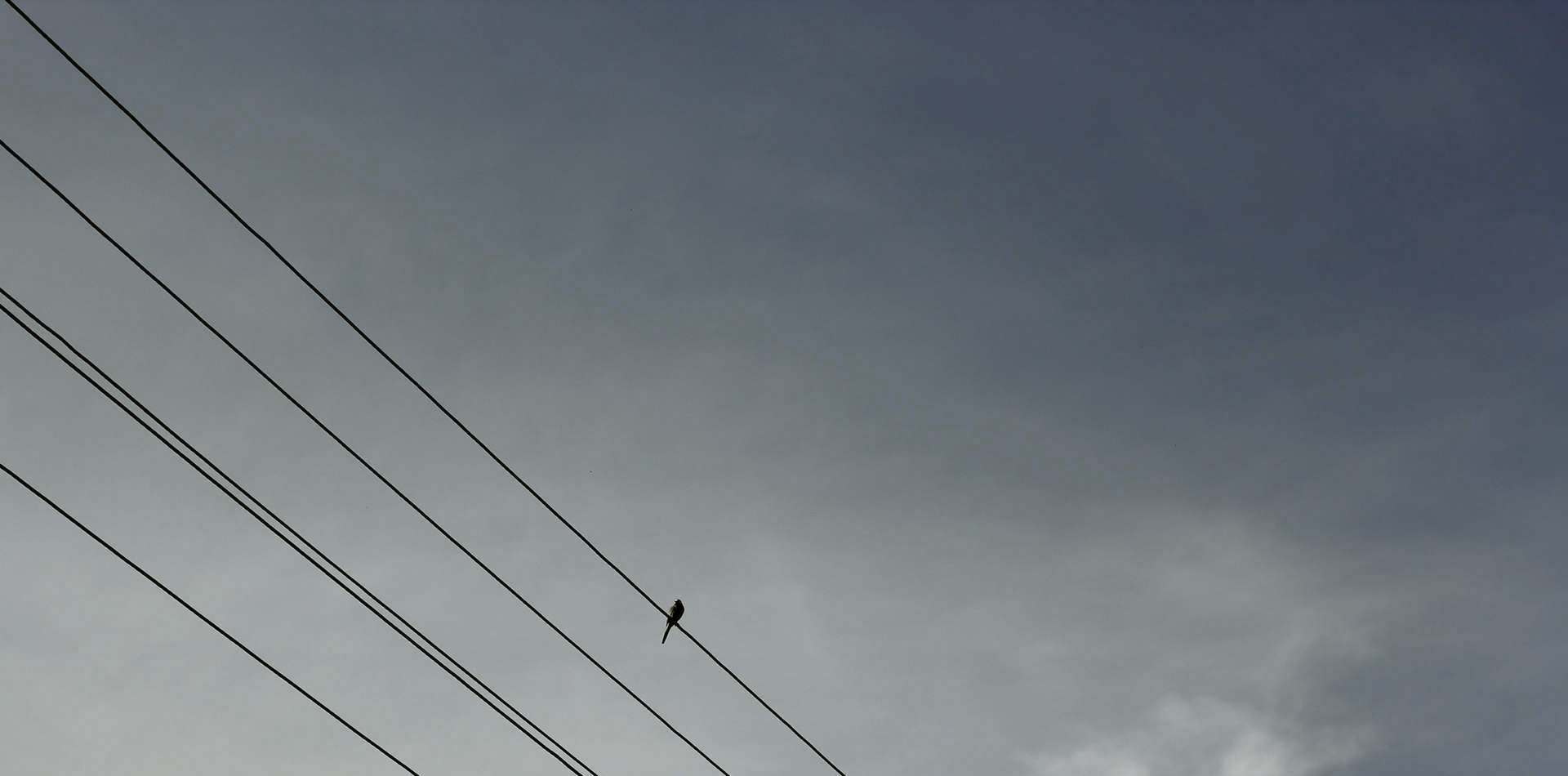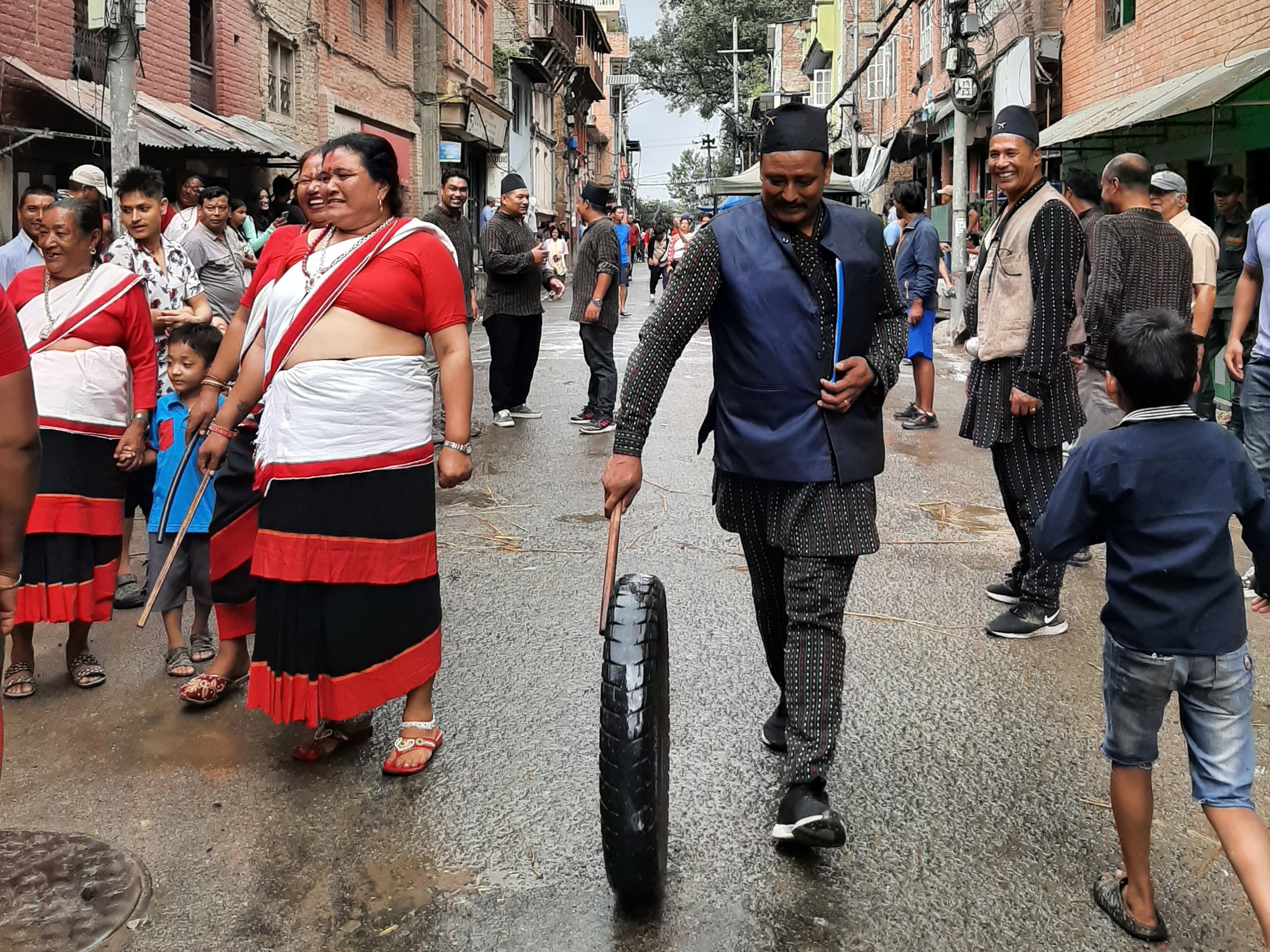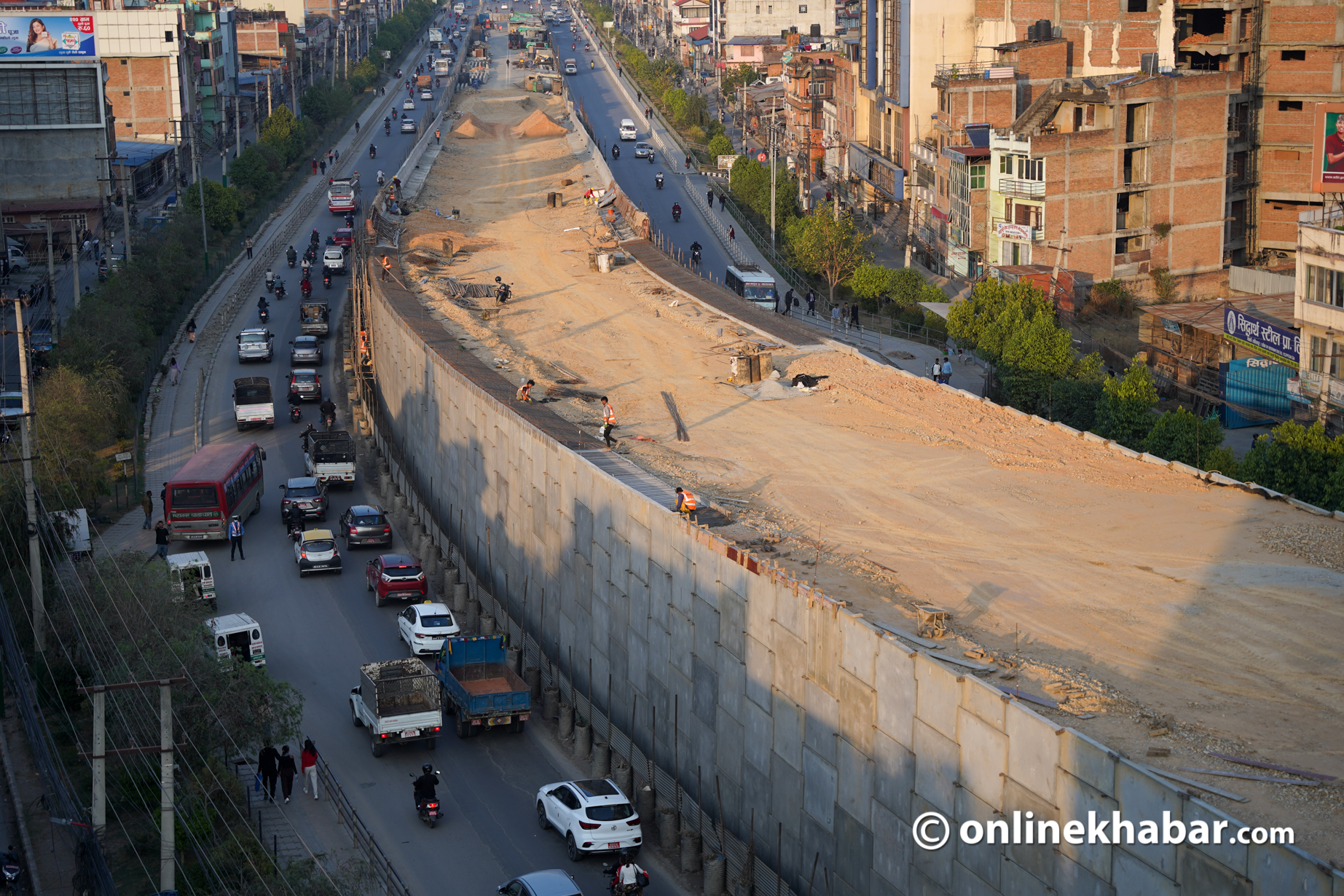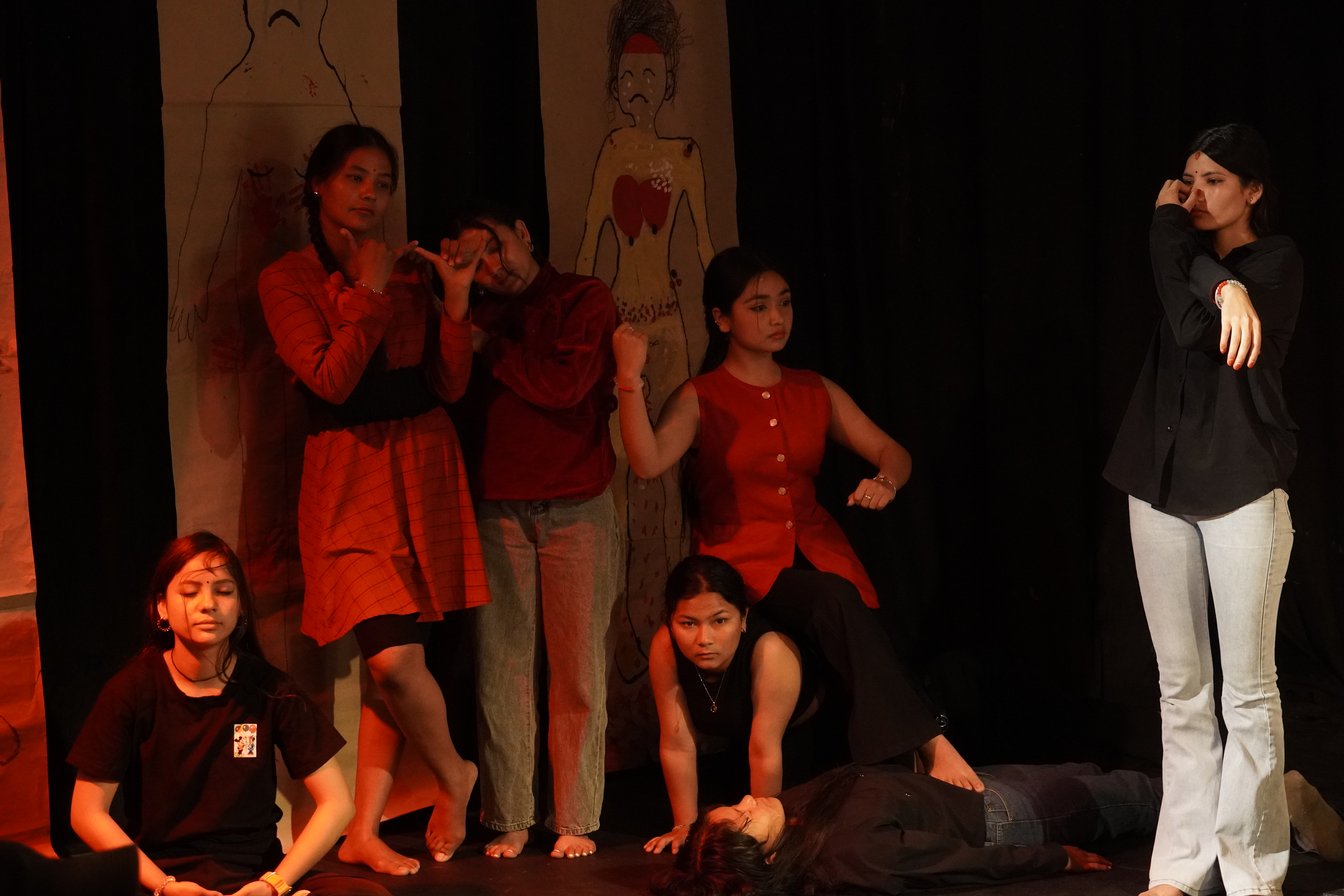She dislikes the wires that crisscross the photos she’s trying to take of pristine countryside and quaint villages. The wires that slice cityscapes and partition skies that might otherwise have appeared to be open and blue and cloudless in her album.
We are travelling together but judging by the photos in our cameras, you would think otherwise.
“Lines are beautiful. They underline and emphasise,” I say.
“Bloody things destroy my photos,” she replies, crouching at an awkward angle to avoid wires creeping into her lens. My albums, on the other hand, are riddled with wires, electric poles and power structures.
Entire collections are devoted to circuit boards and cloudy chaos of metallic filaments.
“Don’t they look like they are reaching for the heavens?” I ask. I’m taking pictures of a transmission tower’s steel lattices against the blue sky, their almost-anthropomorphic arms raised upward, as if in praise, holding the high tension power lines so the inhabitants of the quaint villages and pristine countryside can have electricity.
“Why do you take pictures of wires and those ugly metal things?” she asks.
The wires hum.
***
The discovery of electricity and our knowledge of how to harness it for everyday life is only about 150 years old. Like the invention of the wheel or the discovery of fire, it has rapidly revolutionised the way we live, changed the structure of our villages, cities, the way we cook, eat, communicate, work and travel.
In Nepal, it has influenced the way entire generations think about electricity.
Photo: Grethel Quintero/Unsplash; (Opener) Photo: Allen Watkin/Flickr.
“I do not quite know,” I say, “Maybe because I’m part of the Loadshedding Generation?”
For me, to walk into a room, flick on a switch and to be greeted with light, every time, merits applause.
We were part of the burnt-pencils-and-scorched-hair generation. The generation whose most joyful chant was “Batti Aayo!”
Homework was being done in candle light even though our houses and schools were wired and plugged into the local grid. Procrastinating meant burning stationery in the candle’s flame, watching the patterns of melted colour flake off wooden HB pencils.
Accidentally falling asleep on the study table could mean waking up to the smell of burning hair. The problem didn’t end though. The loadshedding hours only increased stretching almost to 20 hours sometimes. Still, each new generation of the Loadshedding era learns to sculpt their lives around its fluctuating hours.
A full day with electricity is a day of wonder, like a birthday or a wedding: important enough to be celebrated. It means that food can be seen in all its glory in the light of humming fluorescent tubes at dinner.
Or book bags can be packed for the next day at school without squinting to make out letters in jumpy shadows of a candle flame or erratic light of the emergency lamps.
Usually, at the end of the long hours of loadshedding, the batteries are dead, the sun set, or there is no more kerosene left. Candles are dug out. Long candles waxed onto shorter ones… And when the lights come back on, it is like seeing colour for the first time again.
In the market, a parade of lights: flashlights, kerosene lamps, battery lanterns, solar bulbs, self-charging bulbs, emergency lights. Usually, at the end of the long hours of loadshedding, the batteries are dead, the sun set, or there is no more kerosene left. Candles are dug out. Long candles waxed onto shorter ones. Short candles scraped out of old candle holders. Wax streaks broken off. And when the lights come back on, it is like seeing colour for the first time again.
If the absence of something gives its presence more meaning, growing up with long hours of loadshedding gave electricity meaning of its own. It also gave the absence of electricity meaning.
***
When a member of the Loadshedding Generation leaves Nepal for a country with constant electricity, the first state is that of shock, awe and wonder at being able to flick on a switch and have light flood the space immediately.
To have electric appliances that can actually be used instead of being stored or used as storage space. To have heated water running from taps and running water that doesn’t need to be pumped up at ungodly hours. The wonder lasts a long time and when it fades, it leaves a film of nostalgia for the hours of loadshedding.
Photo: torange.biz
The absence of electricity was forced hours of introspection and bonding and forging of relationships.
Neighbours sat outside on balconies, porches, and walls to tell stories. Families conversed and friends sang together to the dark skies. There is appreciation for the night hours when stargazing was a viable option from the middle of the city.
The nostalgia is only a thin film and eventually the film dissolves. We allow our lives to be consumed by new wonders and experiences. We forget the hours we did not have light until we turn on a switch somewhere and no light come on.
There are around 1.3 billion people (International Energy Agency) in the world without access to electricity. Most of them in developing countries.
Poverty means not having access to modern energy services, risking respiratory and health problems because of polluting energy sources like firewood or spending the time needed to collect such fuel to meet basic human needs. These albums of pictures of wires that partition spaces are an image of our times.
Lines illustrate how connected or disconnected we are.
A slow procession of solar farms has seeped into my photo albums of all things electric. They mirror beauty in human achievement and the pursuit of human knowledge. One hopes for a day when solar energy becomes more efficient than any of the existing technologies of the day. Then, there may be no more wires slicing landscapes.
For now, the most beautiful picture I have is of transmission towers in the borders of sub-Saharan Africa. Three tall steel lattices standing on majestic hills of rock as the road winds into seas of sand.
(The writer is based in France.)
***
Also read


























